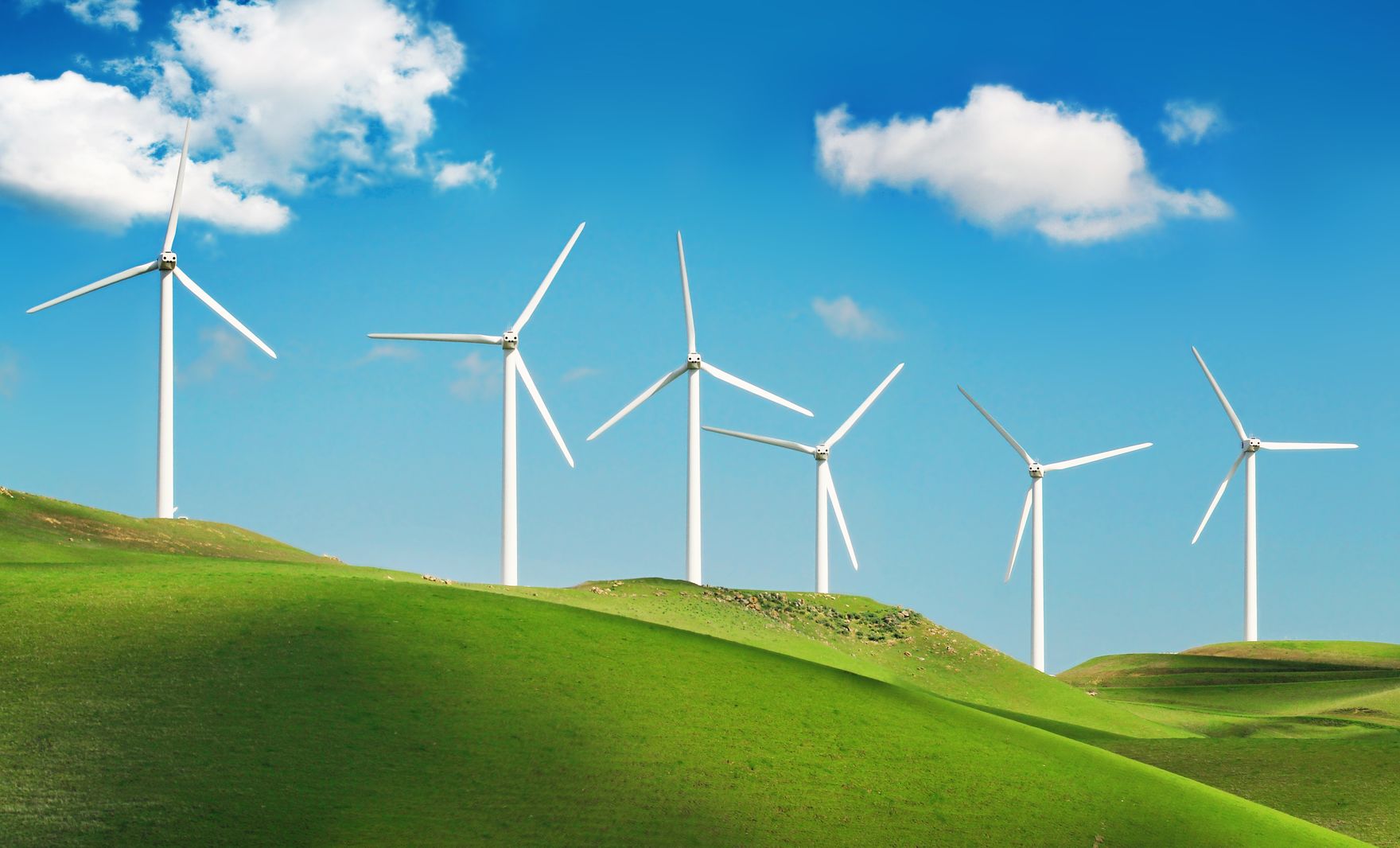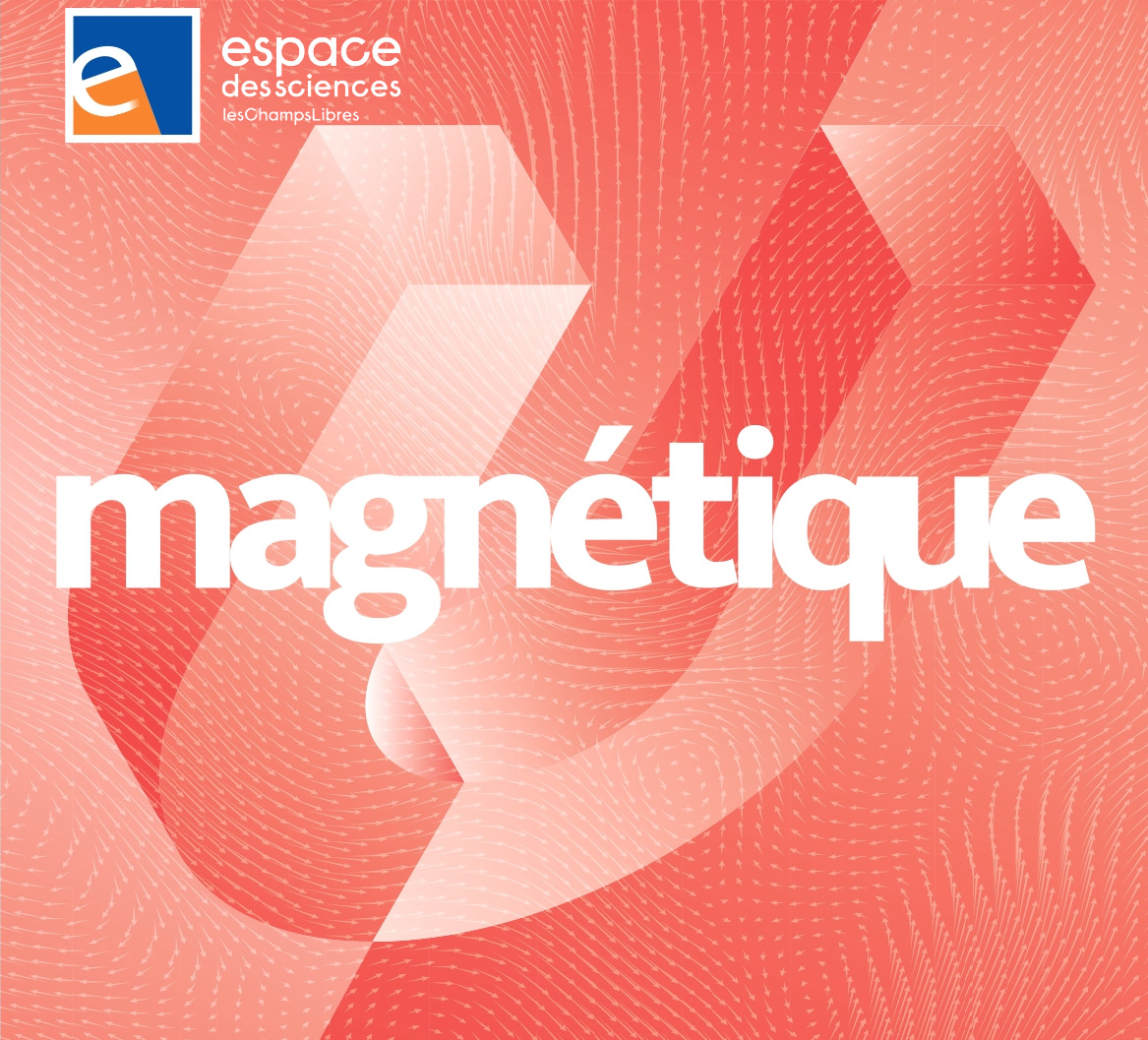Soutien à la position de l'EPS sur l'énergie

Politique énergétique européenne et réduction globale des émissions de CO2
Position du groupe "Energy" de l' EPS (European Physical Society)
March 2015
The forthcoming United Nations Climate Change Conference (Paris, December 2015) will be held with the objective of achieving a binding and global agreement on climate-related policy from all nations of the world.
This conference, seeking to protect the climate, will be a great opportunity to find solutions on the human quest for sustainable energy as a global endeavour. The Energy Group of the European Physical Society (EPS), conscious of the threats of global warming, welcomes the energy policy of the European Union (EU) to reduce CO2 emissions and decrease its strong dependence on energy imports by promoting renewable energies for power generation, together with energy efficiency measures. This policy needs to be implemented by taking into account the necessary investments and the impact on the economical position of the EU in the world. Since the direct impact of any EU energy policy on world CO2 emissions is rather limited, the best strategy is to take the lead in mitigating climate change and in developing an energy policy that offers an attractive and economically viable model with reduced CO2 emissions and lower energy dependence.
The Energy Group of the EPS has the following observations on the presently planned energy transformation in Europe:
A) Europe alone cannot curb the increase in global CO2 emissions. Global action is required.
The specific emissions due to power generation in Europe (352 gCO2/kWh in 2011 [1]) are already only half as large as those in e.g. China and the EU contribution to the global CO2 emissions is currently only about 11%.
So, the implementation of the proposed EU policy, aiming, inter alia, at a reduction by 20% in the total CO2 emissions of the EU, would correspond to an estimated saving of a mere 2% in global CO2 emissions in 2020 [2], even after decades of enormous investments. The impact of reductions in CO2 emissions in the EU will therefore remain marginal and will be massively overcompensated by rising emissions elsewhere, unless other nations contribute their share in reducing CO2 emissions.
B) An efficient expansion of renewable energy sources requires solutions for intermittency and storage.
The substantial CO2 reductions recommended in the 2050 Energy Roadmap for the power sector (as compared to 2005: a reduction of 57-65% by 2030 and 96-99% by 2050) implies a vast transformation of the existing power supply system in the EU (in which about 50% of the primary energy production currently comes from fossil fuels) into either renewable or nuclear power or some combination. Already at the present level of penetration of renewables, solutions are urgently needed to tackle adequately the problem of intermittency.
This will demand a combination of efficient and flexible backup plants (implicitly high capacity and nonintermittent power plants, so nuclear, gas, oil or coal fired), large energy storage capacities and substantial expansion of electricity distribution grids, including smart grids. Furthermore, the integration of this variable electricity supply is expected to become even more difficult as its percentage rises above 30-40%. The expected change in the energy system is a colossal challenge (see e.g. [3]) and is expected to raise major technological and political issues requiring long-term perspectives and sustained investment in research and development.
C) The EU energy policy ought to be framed to strengthen Europe’s economic position in the world.
The level of subsidies for carbon free energy sources ought to be set to assist in promoting the necessary research and to provide a competitive environment for developments in new energy technologies. Excessive subsidies are currently causing high electricity prices that are far beyond those in other regions of the world, leading to an acceleration of the on-going relocation of industry from Europe into other regions of the world with less expensive energy [4]. This is illustrated by several recent examples of car manufacturers, aluminium and chemical industries moving out of Germany, Belgium and the Netherlands. An accelerated relocation of the EU industry, especially into countries with lower environmental standards, will not only contribute to European unemployment but will also cause increases in global greenhouse gas emissions.
D) Europe can lead the global effort in CO2 reductions by proposing and demonstrating an attractive and economically viable model.
In Europe we are facing a global challenge that requires a multi-decade approach going beyond the present “European Energy Transition Model”. This will require a coherent and sustained energy policy that strengthens the mutually beneficial relationship between education, research and innovation.
The Energy Group of the EPS therefore recommends the following:
(1) A review of current energy subsidies in the EU.
A review of current energy regulations in Europe (subsidies, feed-in tariffs, etc.) is urgently needed and should focus on supporting the internal energy market in providing clean energy at competitive prices. This implies in particular enhanced efforts in research and innovation for sustainable and transition energy technologies.
(2) The inclusion of external costs when pricing energy from all supply options.
The cost of various electricity production options should be correctly quantified by taking into account external costs, including an adequate carbon price, costs linked to societal and health risks and the additional costs inherent in the use of large amounts of intermittent power generation. This last point will become very important when implementing the 2050 Energy Roadmap, as it will be essential to have parallel development programmes for energy storage technologies (batteries, power-to-gas, etc.), back up power solutions and upgrades of distribution grids including smart grid technologies.
(3) An increase in R&D funding for sustainable and transition technologies with a focus on developing an effective and economically viable low carbon energy system.
There is ample room for improved energy technologies. R&D is thus a key to achieving a sustainable energy future and R&D investments in sustainable and transition energy technologies allowing a smooth shift to entirely sustainable systems should be substantially strengthened. The return on this investment will be a competitive advantage in the rapidly growing world market for sustainable technologies.
(4) Consideration of all non-fossil energy options when discussing the EU energy future.
The present focus on the deployment of intermittent renewables should be complemented by developing and implementing other low carbon options, which are able to provide base load and dispatchable power to the grid
(such as second generation biomass, geothermal, nuclear fission at present and fusion in the longer term). The objective should be to provide a balanced energy mix, which is economically optimized and ensures security and diversity of supply. Although the present policies on nuclear fission differ in individual EU countries, this option and the related know-how remain globally important. An adequate level of research and technological competence must be maintained to keep open the option of building next generation fission reactors in addition
to fusion technology at a later stage.
(5) Negotiation of a global agreement for a reduction in worldwide CO2 emissions.
The implementation of a globally relevant and economically viable future energy policy, agreed upon by all European nations, will strengthen the position of Europe as a leading party in on-going international negotiations towards a worldwide agreement on reducing global CO2 emissions. Global emission reductions can only be achieved if all nations in the world assume their responsibility for mitigating CO2 emissions.
(6) A revisit of the 2050 Energy Roadmap.
What is needed is a Roadmap that not only sets targets with defined dates in terms of amounts of installed power, energy production and demand and emission reductions, but also takes into account technology development times, safety and socio-economic aspects of various energy technologies. As low carbon options become more competitive, the choice of the technology mix should increasingly be left to the market, taking into account national and regional differences.
(7) Fostering scientifically and factually based educational programmes for students and the general public on energy use and energy technologies.
The EPS calls for discussions on the EU Energy Policy and on these recommendations in all relevant contexts. The EPS also encourages strengthening the voice of scientific and technical knowledge in the field of energy, with the aim to assist in the definition of a farsighted and effective energy policy.
Article posté le 23/03/2015


